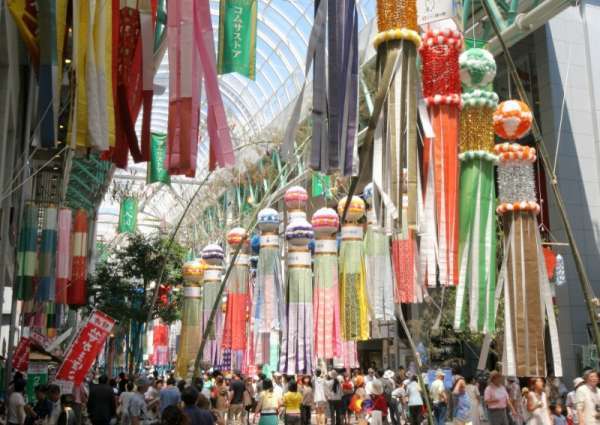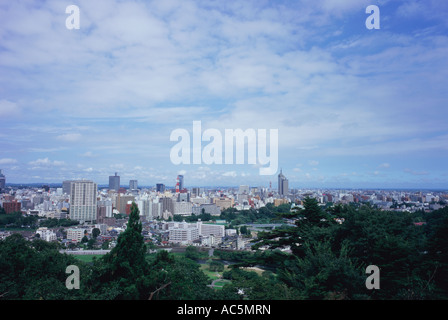

You’re not a follower of the shrine or the temple, so the money is not for praying, but for a small compensation by you for the maintenance. Traditionally the Japanese people offer some small amount of change before start praying to the deity of a shrine or a temple. Just learn it from Japanese prayers near you. In the central section of the front of the shrine building is a large box to throw some money in. Incidentally, it is strongly encouraged to offer some funds when one visits a shrine or a temple like this where there is no admission fee. The name Osaki is from the family that brought the Hachiman deities to the Sendai area. The deities of the Hachiman-gu shrine are aligned with some of the earliest mythical imperial family members of Japan and guardians of warriors, farmers and fishermen. The uniqueness of this shrine construction and decoration made it a National Treasure in 1952. This is very unusual for Shinto shrines anywhere in Japan. The shrine buildings are all painted with pitch black Japanese lacquer (urushi). Famous for its specialized cuisine, Miyagi is famous for both its seafood and agriculture selections, not to mention the famed gyutan.

Like the Zuiho-den Mausoleum, the Shrine was also constructed in the late Azuchi Momoyama Period (1573-1603, completed in 1607) with a major financial help by Lord Daté Masamune, the first of the Sendai Fiefdom. Miyagi Prefecture has always been a place of natural beauty Sendai, the capital, is affectionately called the City of Trees, and the prefecture is known for its beautiful coastline and lush wilderness.

From there, it’s a five-minute walk to the main shrine building. Our rental car GPS took us correctly to the shrine’s parking lot behind the main shrine building. We drove to the Osaki Hachiman-gu Shrine in the northeastern section of the city of Sendai.


 0 kommentar(er)
0 kommentar(er)
